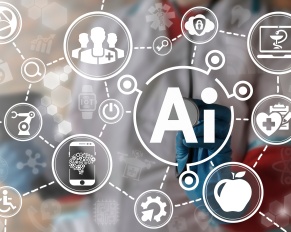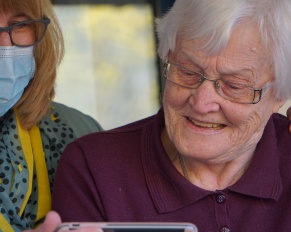Introduction An important step in the process of recovering after a mastectomy is breast reconstruction. The healing it provides on…


Introduction An important step in the process of recovering after a mastectomy is breast reconstruction. The healing it provides on…

Understanding and Addressing Deformational Plagiocephaly: Recent Advances Deformational plagiocephaly (DP), a condition characterized by an asymmetrical, flattened shape of an…

Playing an instrument has been widely acknowledged for its numerous benefits in the psychological development of children. As a result,…

You’re not alone if you describe your relationship with chocolate as “complicated.” Approximately 45 percent of women in the United…

For a lot of us, chocolate is more than just a dessert. Chocolate is a mood booster, a reward at…

Staying physically active is a cornerstone of healthy aging. As we grow older, our bodies and health needs change, making…

Surgery has come a long way since its early days, and advances in technology have played a significant role in…

Bringing a newborn home from the hospital may be a frightening experience for parents as they navigate the first few…

Originally posted on: https://www.todaystopquestions.com/air-pollution-in-new-york-city-indoor-and-outdoor-air-quality-issues/ Compared to any other state in the country, New York State consumes the most fossil fuels…

Originally posted on: https://www.todaystopquestions.com/elder-care-and-the-technology-boom/ With the Baby Boomer population aging, society is about to face an unprecedented amount of senior…